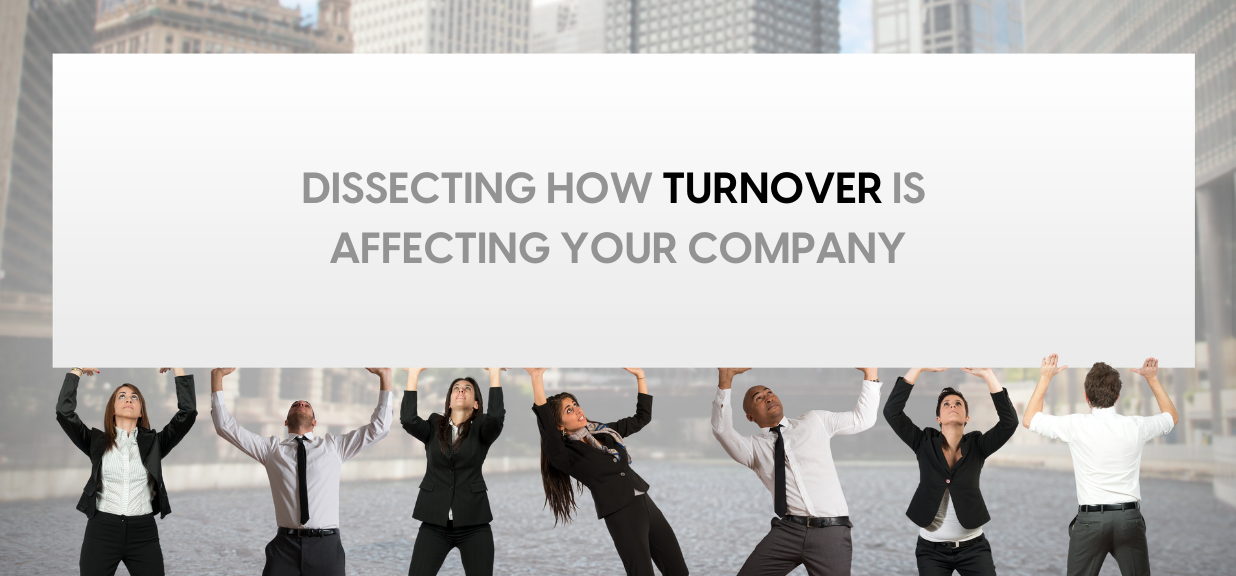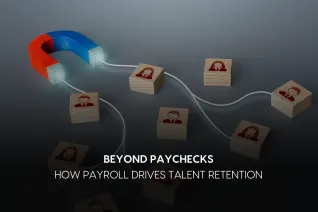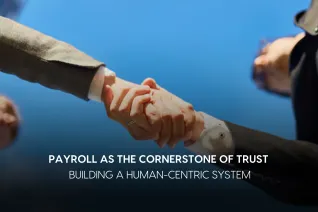Dissecting how turnover is affecting your company

According to a survey, job-seeking behavior in Gen Xers between 45 and 55 years is 67%, while for millennials, it is 59%.
Recent research indicates that people are looking for a better-paying gig: one in five will change jobs in the next year.
Employee turnover rates have also begun rising in a world where options are vast.
Amy C. Waninger, CEO at Lead At Any Level, also an Inclusion Catalyst, elucidates the adverse effects of high turnover on organizations in the seventh episode of Neeyamo’s HR Cookbook.
What is employee turnover?
“Turnover is when people leave your organization,” she says. A healthy workforce renewal rate is instrumental to the organization in acquiring new talent, bringing in new ideas, and empowering people to find jobs that suit them better.
During the pandemic, many of the workforce left their jobs: some retired, some wanted to become entrepreneurs, and some wanted to be a part of the gig economy.
Why should companies aim for low turnover rate?
A high turnover rate can impact the reputation of the company. A company’s brand is what people say about it. A company with a high attrition rate can defame the brand.
Besides, the cost of hiring an employee is higher than retaining one. One must incur high charges in recruiting a new employee; a lost employee costs 38% of the average cost of the person’s annual salary.
But again, the cost depends on a variety of factors: how skilled the employee is, the pay scale of the employee, the number of employees in the talent pool, etc. This also determines how long it takes to fill the role that left a hole in the team.
While “empty seats don’t deliver,” employee turnover does not only affect companies but also, obviously, the employees too.
Do companies save money when a position is vacant? No.
With more resignations, it makes the existing employees feel lost, and productivity sees a decline. With fewer people comes the stress of working to compensate for those leaving the company.
For example, in the case of a salesperson quitting from a team of 5, his tasks fall to the other four.
This implies more work = more mistakes = more rework, making the employee knackered and stressed. This also means that the quality of the service would reduce with a longer turnaround time, a diminished number of customers, and service quality.
With additional work on their plates, managers would be unable to grant vacations to their subordinates, which decreases employee morale.
Also, when employees shift jobs, most of them ultimately share their excitement on LinkedIn with happy, smiling pictures. What happens then? The ‘greener grass syndrome,’ as Amy calls it, kicks in.
Everybody knows why the person who left, and the feeling of “I ought to start searching for a job too” sets in.
How do companies reduce the attrition rate?
Recruiters play an essential role in helping companies. With an increased understanding of the team, recruiters would be able to find the best fit.
At the same time, managers must ensure they welcome feedback. Feedback from the hiring team will ensure the group finds the right fit.
The team managers also need adequate training. Amy says that when she had to work without being trained, there were some large disasters at work. Luckily, they weren’t anything significant.
Amy says the more she puts others’ needs before hers, the more connected she feels to her job. Helping others find what they want delights her. This is her secret sauce.
Click here to listen to the HR Cookbook podcast featuring Amy.
Latest Resources
Stay informed with latest updates
If you're curious and have a thirst for knowledge pertaining to the HR, payroll, and EOR universe, don't miss out on subscribing to our resources.















